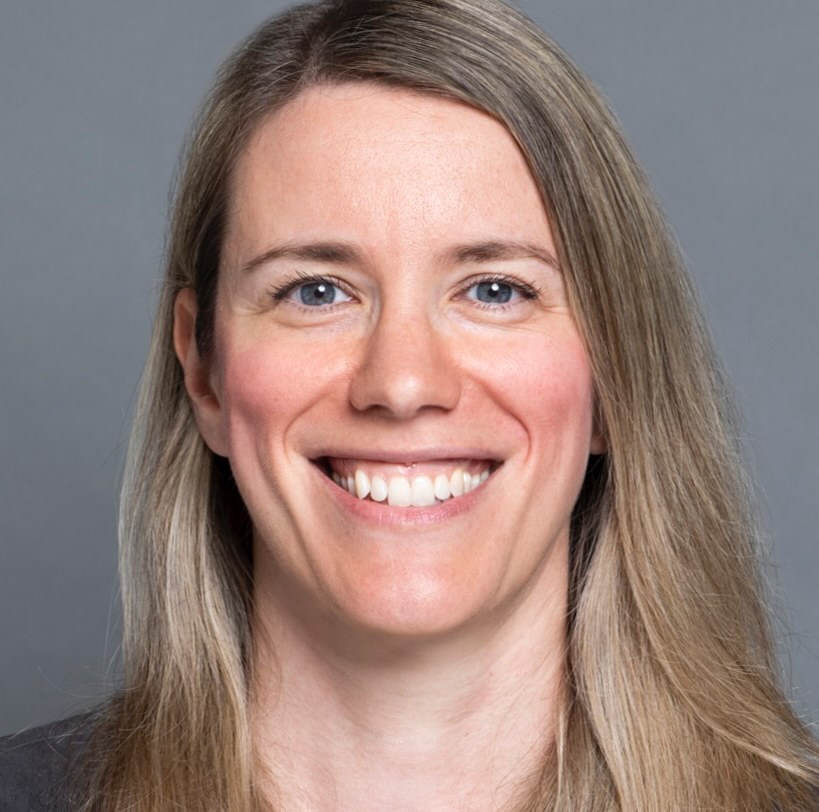Fabric Tessellation: Realizing Freeform Surfaces by Smocking
Abstract
References
Index Terms
- Fabric Tessellation: Realizing Freeform Surfaces by Smocking
Recommendations
Conformal freeform surfaces
The conformality of freeform surfaces highly affects their rendering and tessellation results. To improve the conformality of freeform surfaces, a novel freeform surface representation named hierarchical freeform surfaces is presented in this paper. The ...
Designing Bending-Active Freeform Surfaces
SCF '24: Proceedings of the 9th ACM Symposium on Computational FabricationBending-active structures are curved structures created using initially planar components that have been elastically bent so that they take on a three-dimensional shape. The 3D shape that the structure assumes depends not only on the applied external ...
Quad-mesh based isometric mappings and developable surfaces
We discretize isometric mappings between surfaces as correspondences between checkerboard patterns derived from quad meshes. This method captures the degrees of freedom inherent in smooth isometries and enables a natural definition of discrete ...
Comments
Information & Contributors
Information
Published In

Publisher
Association for Computing Machinery
New York, NY, United States
Publication History
Check for updates
Author Tags
Qualifiers
- Research-article
Funding Sources
- ERC Consolidator Grant
Contributors
Other Metrics
Bibliometrics & Citations
Bibliometrics
Article Metrics
- 0Total Citations
- 256Total Downloads
- Downloads (Last 12 months)256
- Downloads (Last 6 weeks)104
Other Metrics
Citations
View Options
Get Access
Login options
Check if you have access through your login credentials or your institution to get full access on this article.
Sign in

